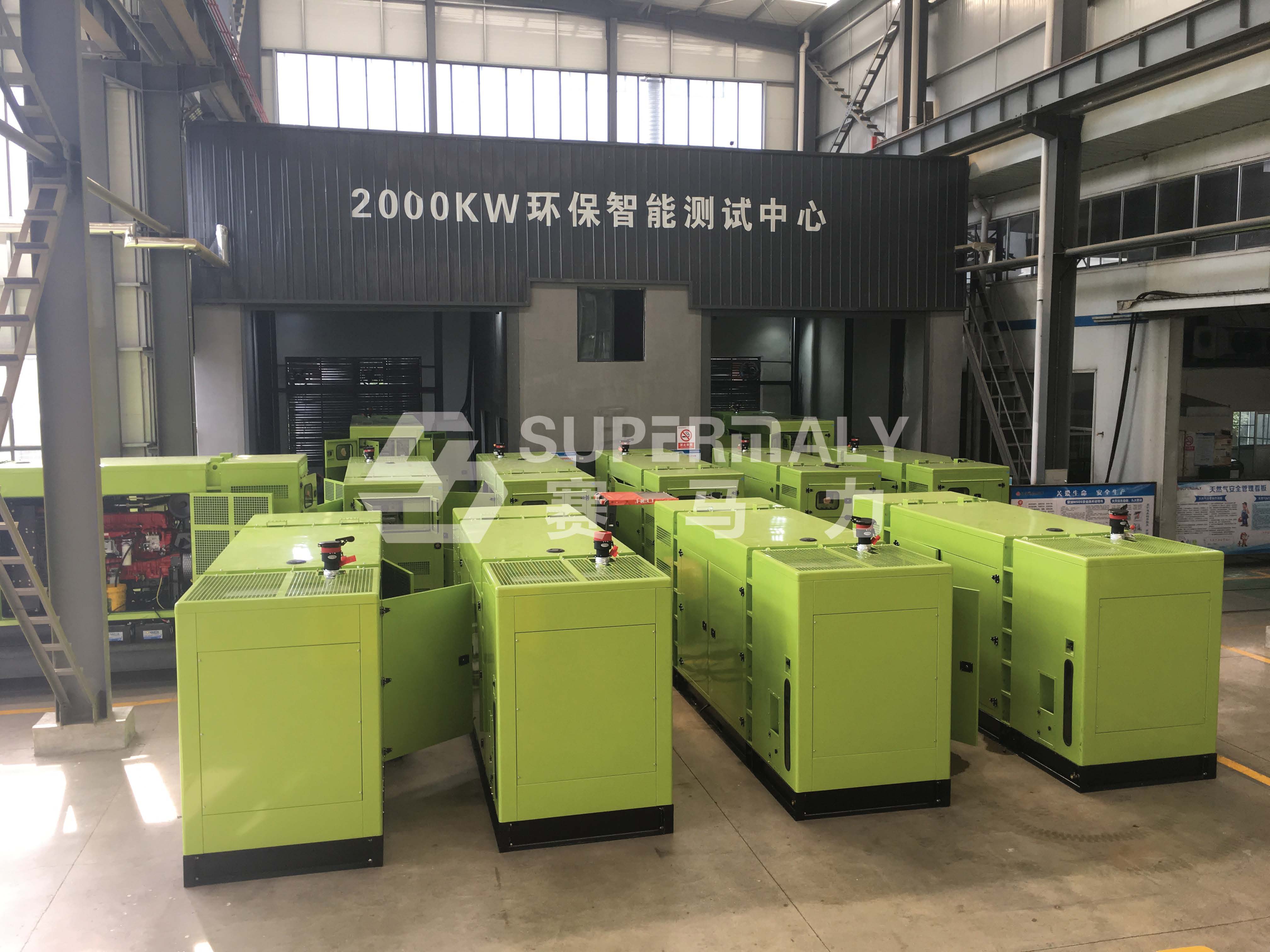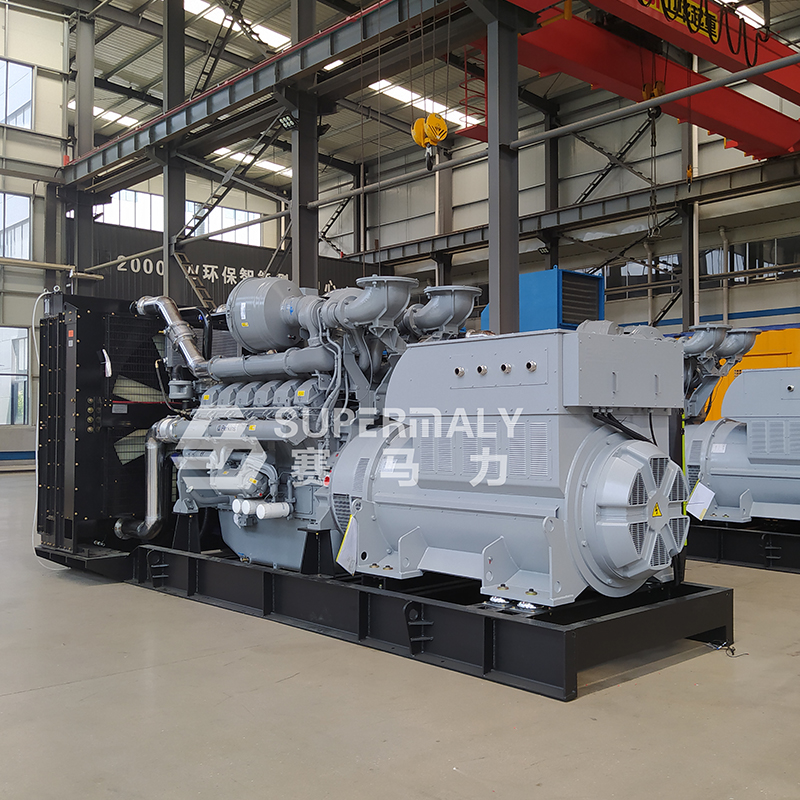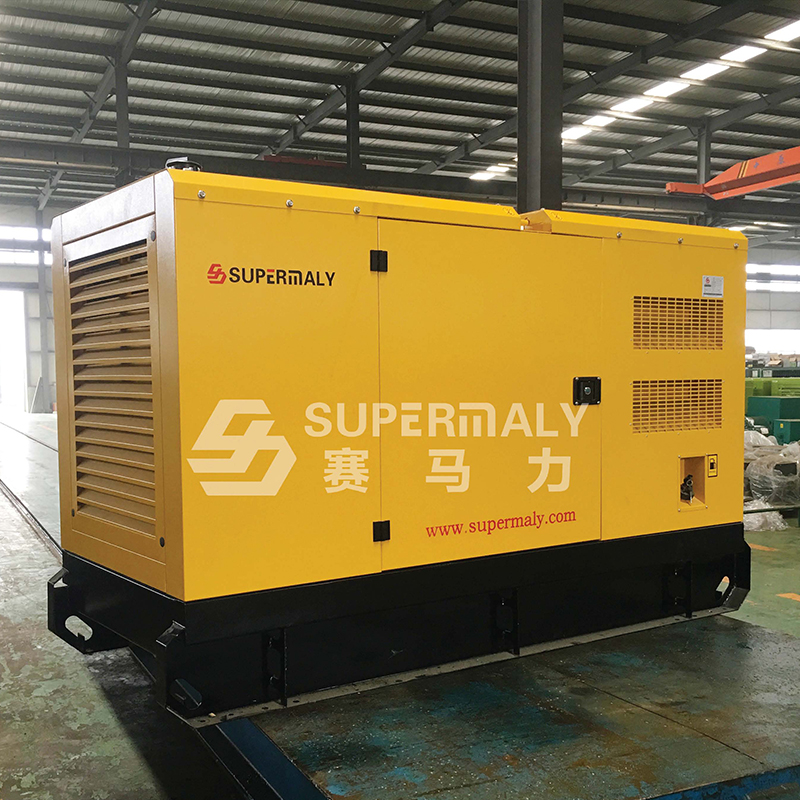In the practice of power operation and maintenance, noise control in the generator room is a technical art that cannot be ignored. Starting from the principles of acoustics, we will explore several core elements for achieving effective noise reduction in computer rooms, providing a feasible solution for professionals.

The first step is environmental assessment and design. At the beginning of the project, conduct a detailed noise source analysis to identify the main noise paths (such as exhaust, cooling system, etc.). Based on this, 3D modeling software is used to predict the sound field distribution and customize personalized noise reduction solutions to ensure maximum cost-effectiveness.
Secondly, optimization of sound insulation structure. The walls, floors, and ceilings of the computer room should be constructed with double or multiple layers, filled with high-performance sound-absorbing materials such as asbestos board and mineral wool sound-absorbing board, and equipped with sound insulation sealing strips to form a tight sound insulation barrier. Especially, the use of damping composite materials reduces the propagation of structural vibrations and enhances the overall sound insulation effect.

Furthermore, the application of targeted noise reduction devices. To address the noise generated by air flow, a customized muffler is installed in the intake and exhaust system, with built-in porous sound-absorbing materials and variable cross-section channels to balance wind resistance and noise reduction requirements. At the same time, for the generator itself, elastic supports and damping pads are installed to isolate vibration transmission and reduce noise output at the source.
Finally, maintenance and monitoring. Establish a regular testing mechanism to monitor the noise levels inside and outside the computer room, and promptly adjust or replace aging or malfunctioning noise reduction components. In addition, maintain good ventilation and temperature control in the computer room, as high temperatures can exacerbate the degradation of certain material properties and affect the noise reduction effect.

The noise reduction treatment of the generator room is a systematic project that requires the comprehensive application of knowledge in building acoustics, mechanical vibration control, and material science to achieve full cycle management from design to maintenance. Professional and meticulous strategies not only improve work efficiency, but also reflect corporate social responsibility.
Post time: Aug-23-2024





